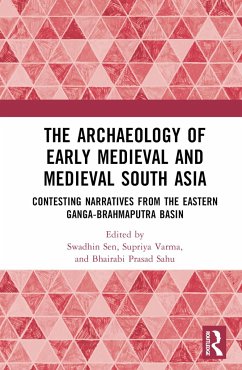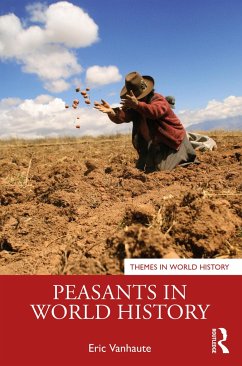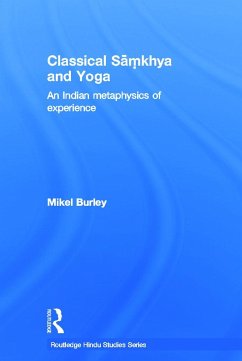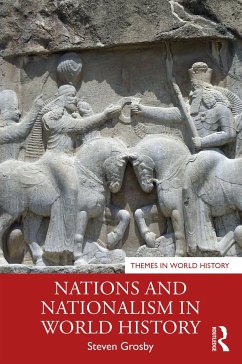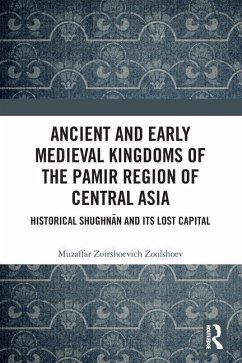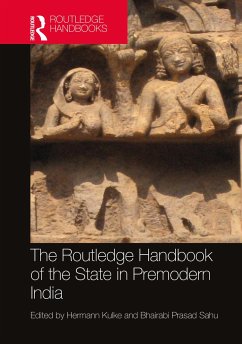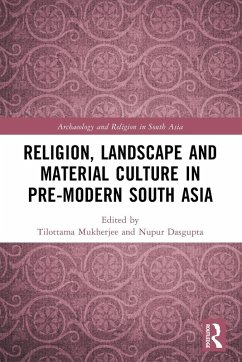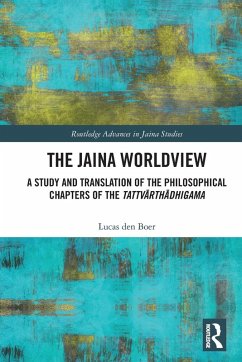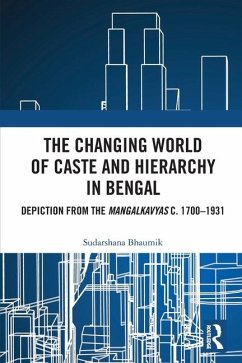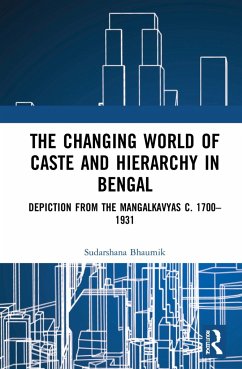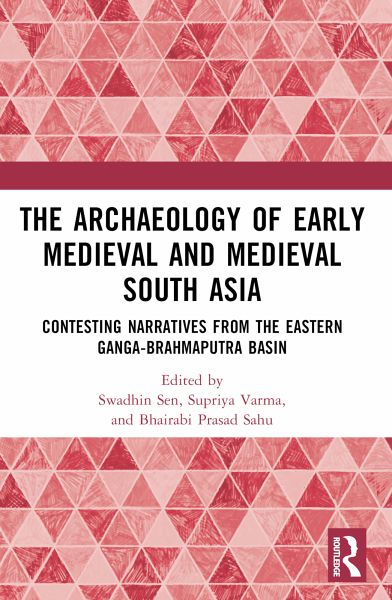
The Archaeology of Early Medieval and Medieval South Asia
Contesting Narratives from the Eastern Ganga-Brahmaputra Basin
Herausgegeben: Sen, Swadhin; Varma, Supriya; Sahu, Bhairabi Prasad
Versandkostenfrei!
Versandfertig in 6-10 Tagen
46,99 €
inkl. MwSt.

PAYBACK Punkte
23 °P sammeln!
This book looks at the ways in which archaeological methods have been used in debates concerning the early medieval and medieval periods in South Asia. Despite the incorporation and use of archaeological data to corroborate historical narratives, the theories and methods of archaeology are largely ignored in and excluded from the dominating, institutionalized, and hegemonic disciplinary discourses. The volume offers contesting insights, polemical narratives, and new data from archaeological contexts to initiate a debate on many foundational premises of archaeological and historical narratives....
This book looks at the ways in which archaeological methods have been used in debates concerning the early medieval and medieval periods in South Asia. Despite the incorporation and use of archaeological data to corroborate historical narratives, the theories and methods of archaeology are largely ignored in and excluded from the dominating, institutionalized, and hegemonic disciplinary discourses. The volume offers contesting insights, polemical narratives, and new data from archaeological contexts to initiate a debate on many foundational premises of archaeological and historical narratives. It focuses on the much-neglected region of the Eastern Ganga-Brahmaputra Basin as a spatial frame to do this and studies themes such as spatial and temporal scales of concepts and methods, multi-scaler factors and processes of continuity and changes, the settlement archaeology of the alluvial landscape, changing patterns of agrarian transformation, and material cultures, including coins, inscriptions, pottery, and sculptures, in their contexts in sub-regional, regional, and supra-regional intersections.
Dedicated to historian Brajadulal Chattopadhyaya, this volume presents a crucial and unprecedented intervention in the study of the early medieval and the medieval periods. It will be useful for scholars and researchers of archaeology, ancient history, medieval history, water history, earth sciences, palaeoecology, historical ecology, epigraphy, art history, material culture studies, Indian history, and South Asian studies in general.
Dedicated to historian Brajadulal Chattopadhyaya, this volume presents a crucial and unprecedented intervention in the study of the early medieval and the medieval periods. It will be useful for scholars and researchers of archaeology, ancient history, medieval history, water history, earth sciences, palaeoecology, historical ecology, epigraphy, art history, material culture studies, Indian history, and South Asian studies in general.





